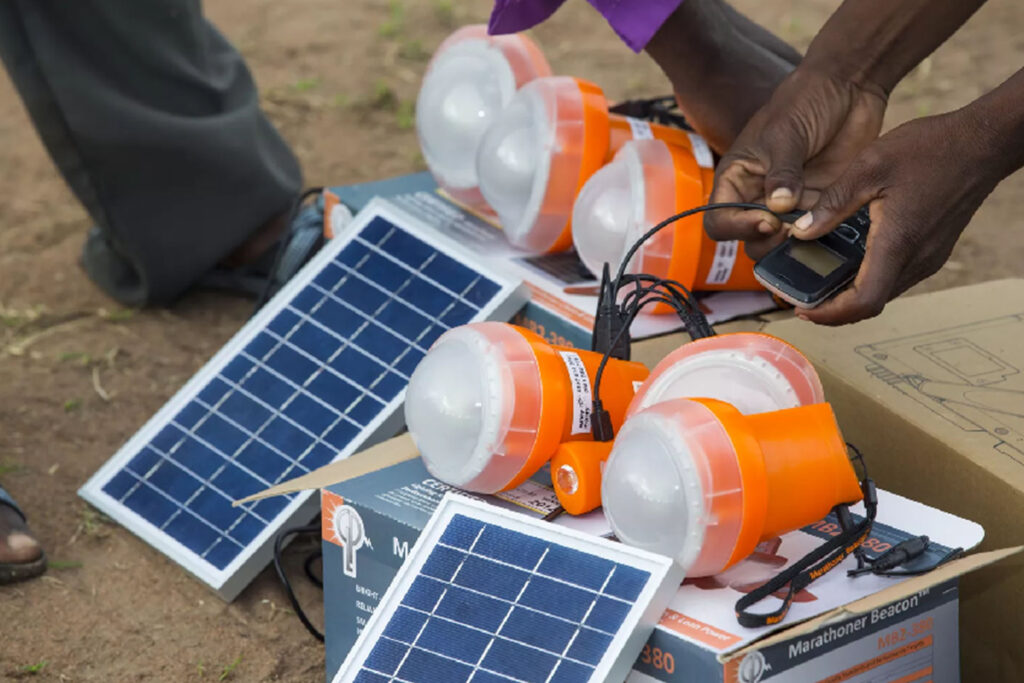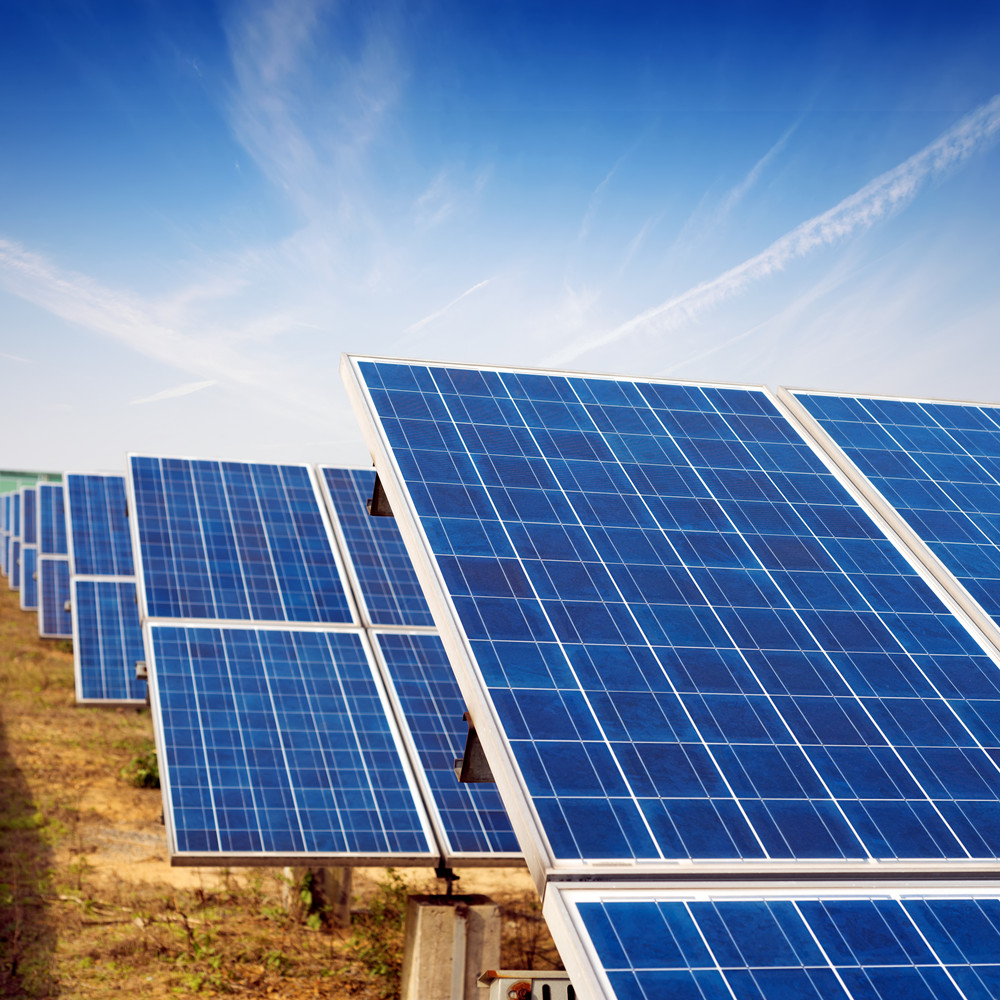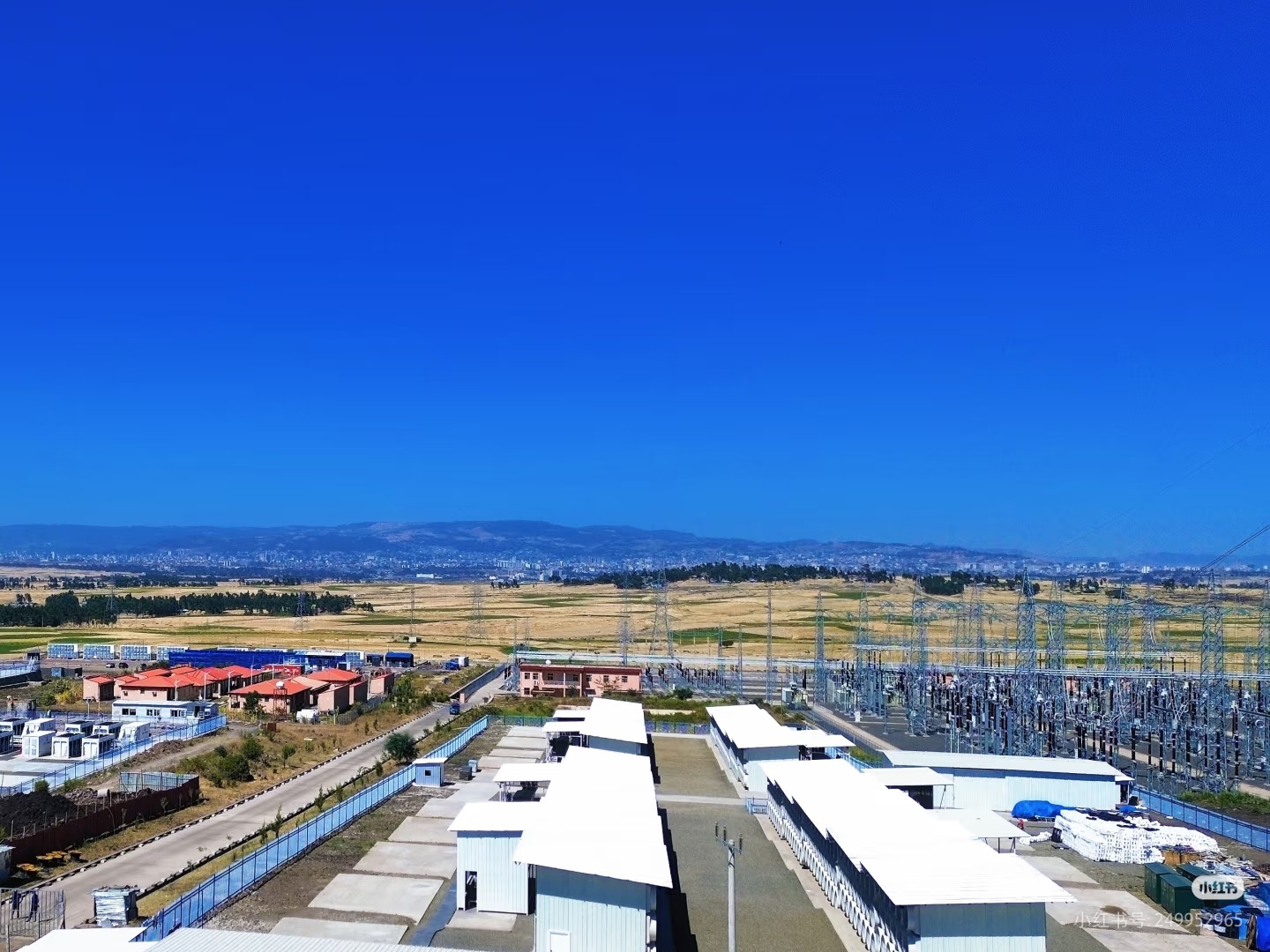Costs for larger-scale microgrids for campuses, industries, or entire communities can run into the millions of dollars, with mean costs between $2.1 and $4 million dollars. But smaller-scale projects can be as low as a few hundred dollars.
Whether the benefits outweigh the costs depends on the needs of the ultimate users. For some, microgrids are like insurance policies: if they’re lucky, they never have to use them. For others, however, they can provide essential services that connect them to the outside world. Here are some key benefits.
Electrifying the Developing World
Around the world, 770 million people lack access to electricity. More importantly, 3.5 billion people are without reliable electricity, creating barriers to education, the internet, and other forms of economic development.The vast majority of these people live in rural communities, where building expansive energy grids is too costly for developing economies.
Investing in microgrids fueled by solar energy is a growing part of the effort to increase reliable electricity in developing economies. Microgrids will help low- and middle-income countries to leap-frog directly from no or unreliable electricity to clean, renewable electricity without passing through a fossil-fuel stage.

Lower Costs
Unlike traditional power plants, microgrids are located closer to their end users, adding electricity to the grid without adding the cost (and time) that would have been needed to build transmission lines to customers—thereby reducing electricity costs to all grid customers. The batteries in microgrids can also be used to store electricity when electricity prices are low and sell it to the grid when prices are high—lowering the costs of grid electricity and earning income for the microgrid.
Grid Services
For most electricity customers, the peace-of-mind that microgrids provide can be expensive. FERC Order 2222 allows microgrid owners to sell “grid services” to public utility companies and thereby recoup some of the expensive of building the microgrid. Their large batteries can be used to help stabilize the grid, making sure electrons flow at the correct frequency and voltage more quickly and flexibly than the large power plants that usually provide these services.
Utility Microgrids
Even utility companies are getting into microgrids. Microgrid pioneer Green Mountain Power, Vermont’s largest utility, has been installing solar-powered microgrids since 2014 in order to provide emergency power to critical infrastructure.The systems will pay for themselves from customer savings and the services they provide to the New England grid. Green Mountain Power announced its most recent microgrid project in February 2021.
Grid Security
Grid operators and lawmakers are increasingly concerned about cyberattacks on their electricity system–a new form of cyberwarfare. A more decentralized electricity network built around microgrids provides more security, making it harder for cyber-criminals to disable an entire electricity network with merely a few sources of power. A decentralized guerrilla army is always harder to defeat than an immovable target.
Climate Resilience
A decentralized grid is also better able to withstand natural disasters. In the Australian outback, where bushfires destroyed 20% of the nation’s forests, rural communities have turned to microgrids to increase their resilience. In the United States, major power outages due to weather-related events have increased by 67% since 2000, leading to greater interest in microgrids. And after Hurricane Maria knocked power out of the entire island of Puerto Rico in 2017, the Puerto Rico Energy Commission mandated the adoption of microgrids as part of the reconstruction of the island’s grid.
A microgrid can even be used to “blackstart” a larger power grid if the grid is forced to totally shut down during a natural disaster.
Quicker Adoption of Clean Energy
On the principle that big projects take longer than to develop than smaller ones, microgrids can accelerate the transition to clean energy. With smaller footprints and reduced environmental impacts, microgrids are subject to fewer regulations and to less community opposition, expediting development. Neighborhoods or local businesses can form their own grids and adopt clean energy without having to wait for utility-scale solar or wind projects to come online.






